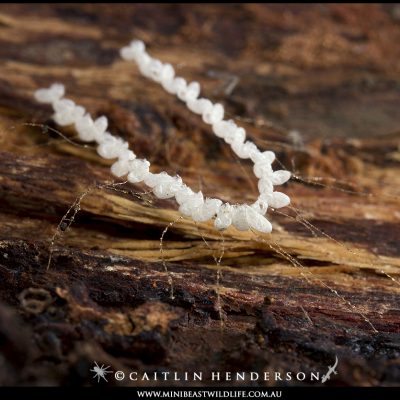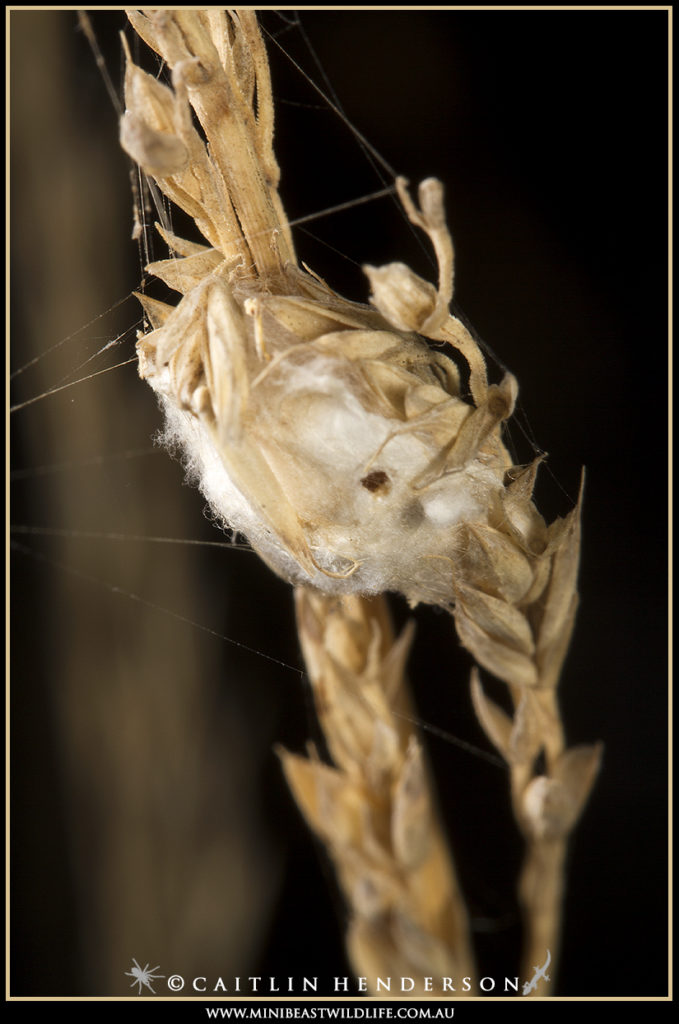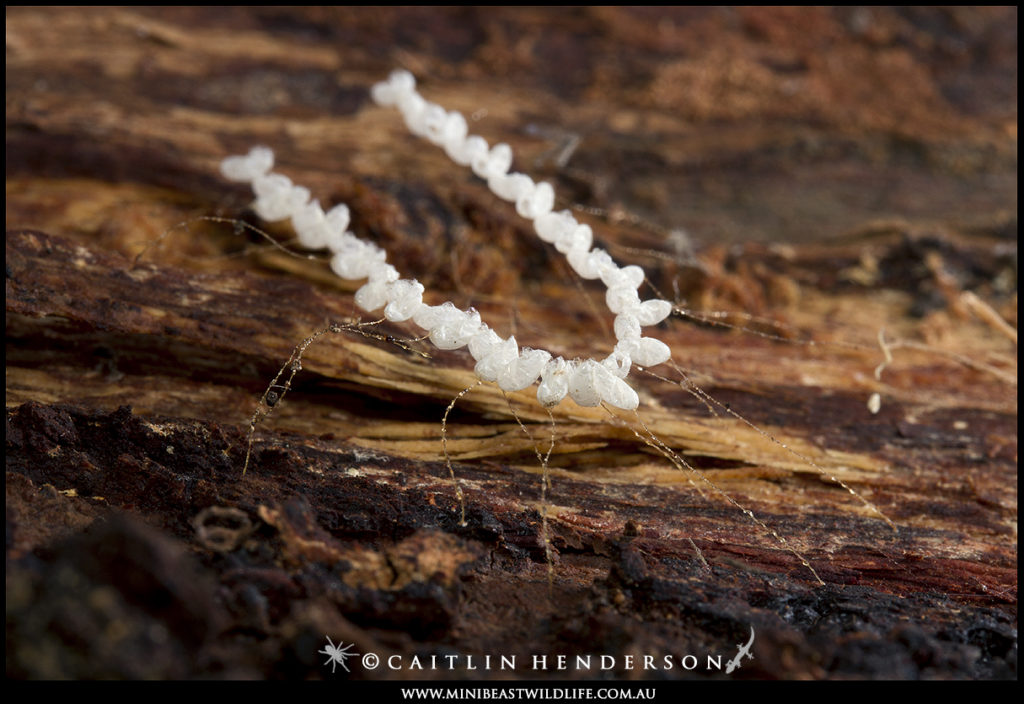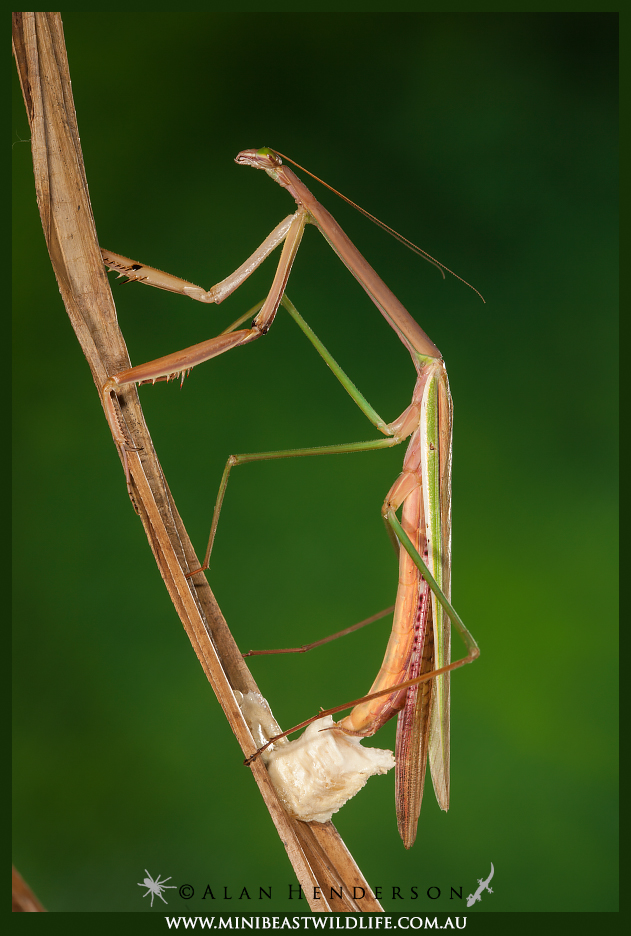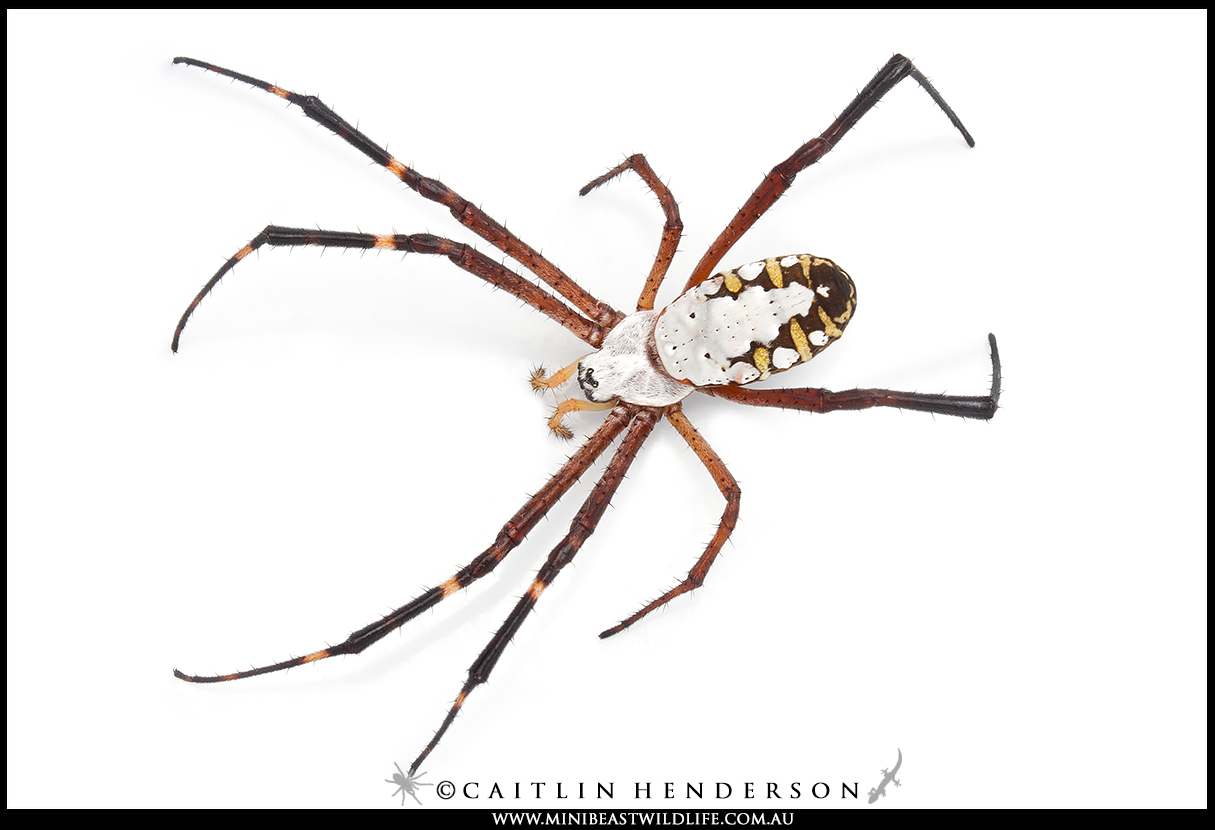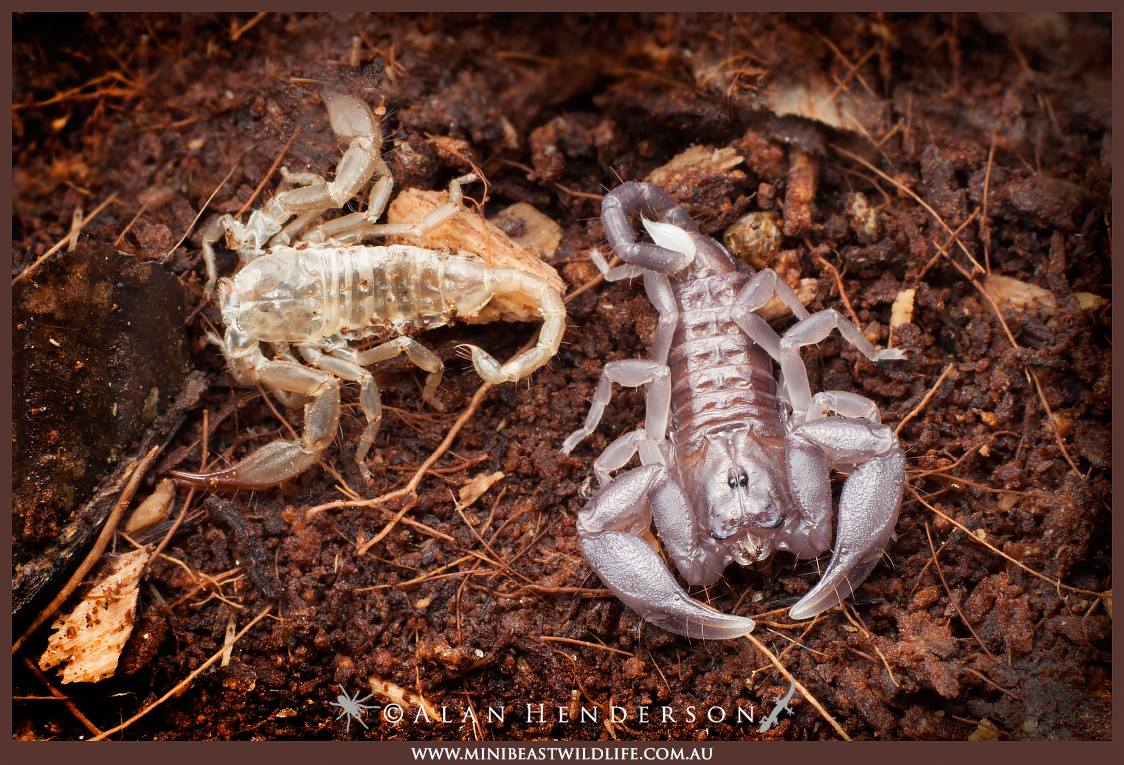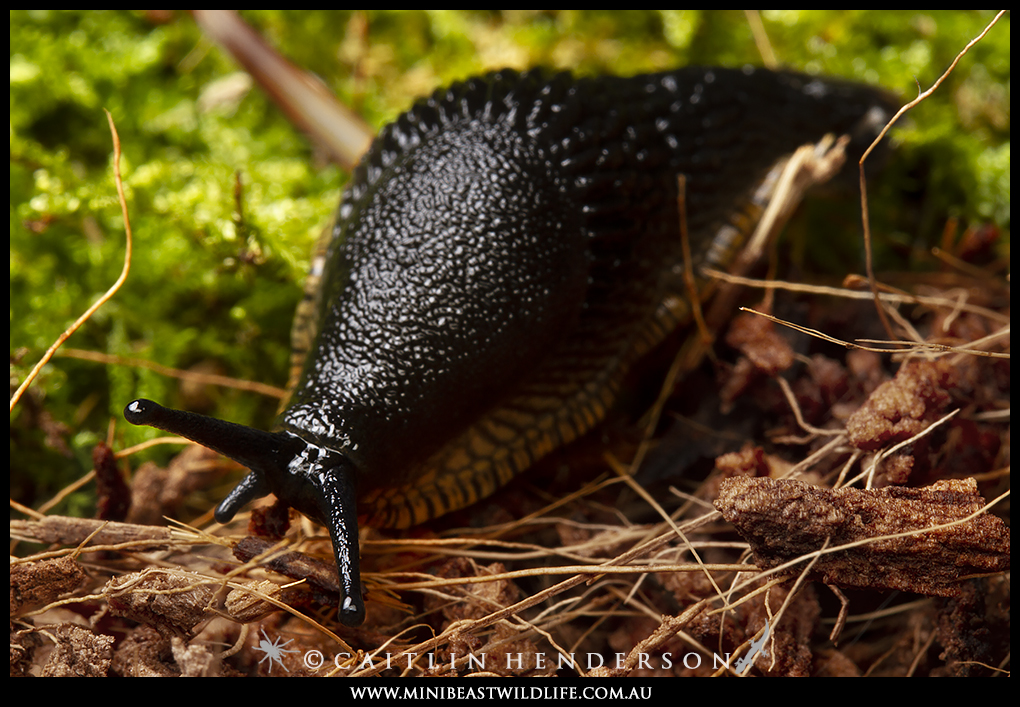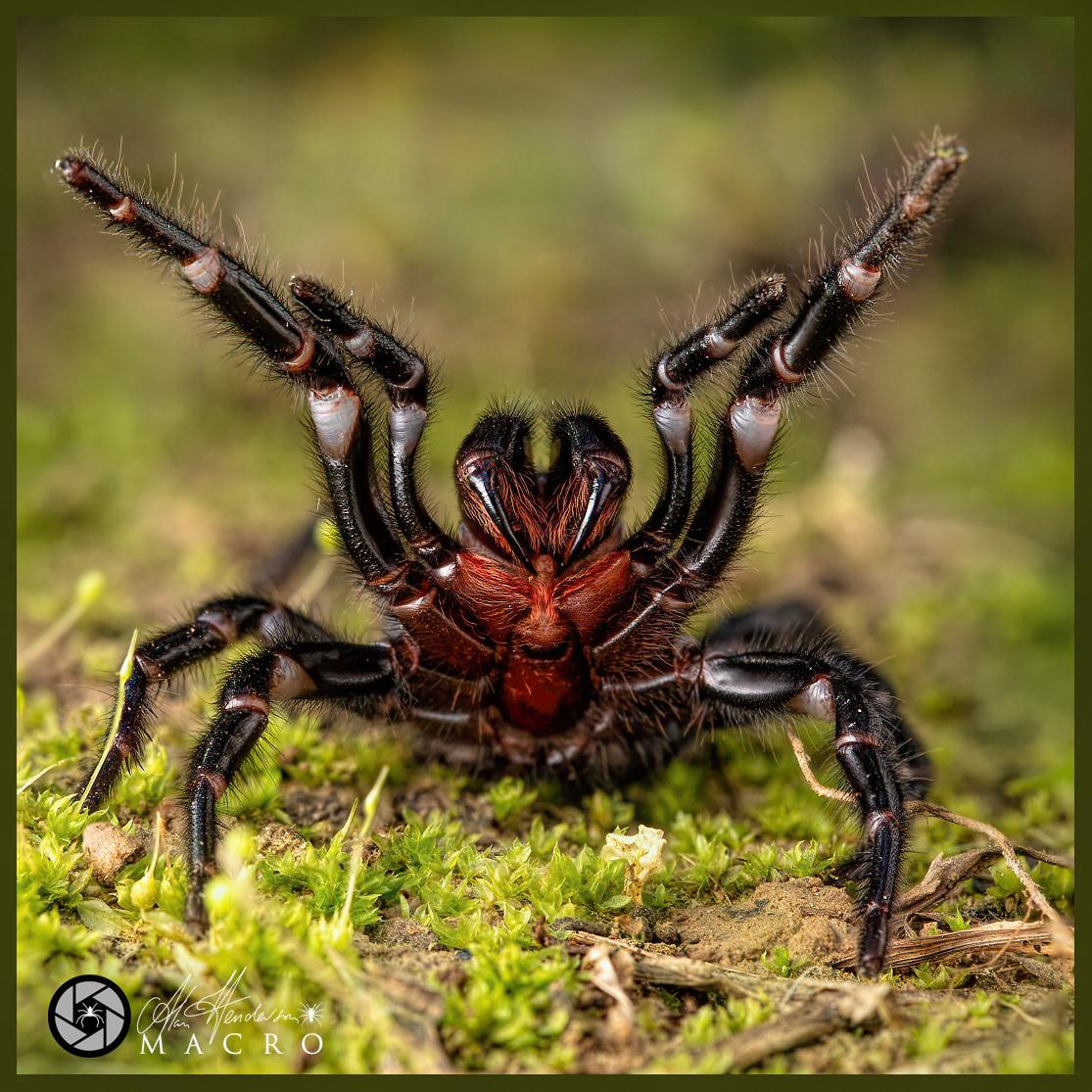
BLOG ARTICLE
BACKYARD EGG HUNT, MINIBEAST EDITION!
Many children wake up on Easter morning to discover that a large, hopping visitor has left a number of tasty chocolate eggs hidden around the backyard. In the rush to uncover these bright foil-wrapped delicacies, there’s more than a few eggs that get left behind – and for good reason. These ones belong to the minibeasts!
